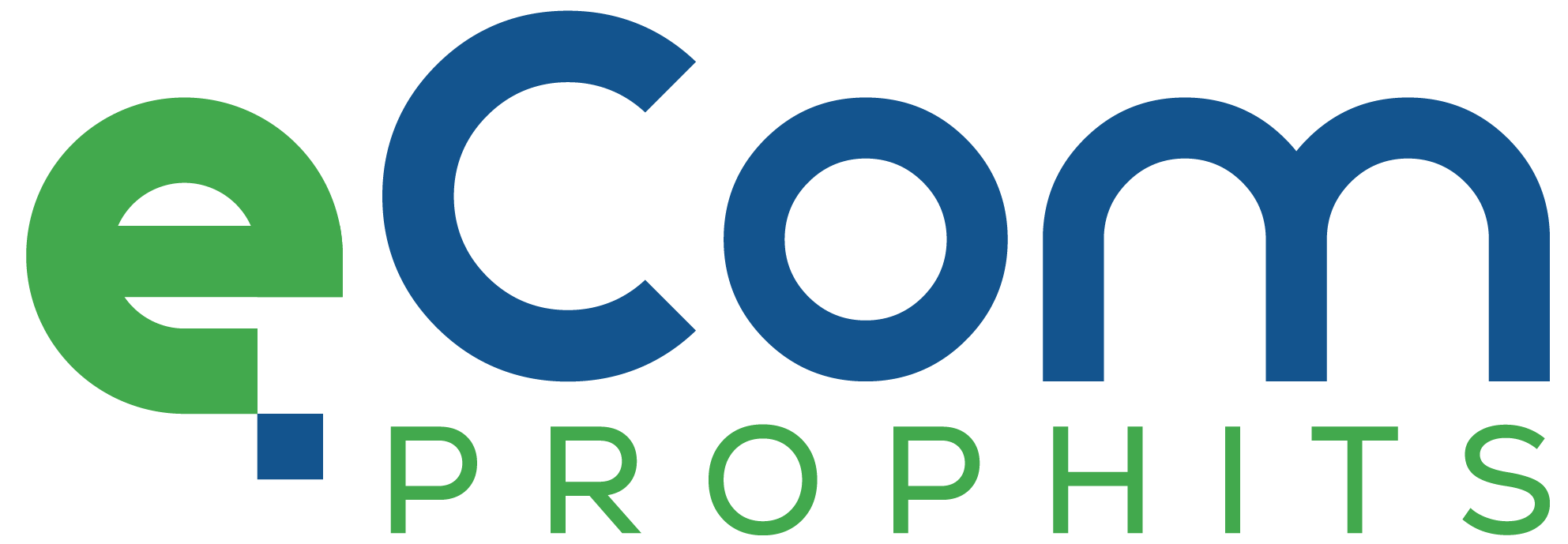10 Powerful Web Analytics Tools to Skyrocket Your ROI in 2024: Which One Will You Choose?
In today’s data-driven digital landscape, understanding your website’s performance is crucial for business success. Web analytics tools provide invaluable insights that can help you optimize your online presence, improve user experience, and ultimately boost your ROI. This comprehensive guide will explore the top 10 web analytics tools available in 2024, comparing their features, benefits, and potential drawbacks. By the end of this article, you’ll be equipped with the knowledge to choose the perfect analytics solution for your business needs and start tracking your way to success.
1. Google Analytics 4 (GA4): The Industry Standard Evolves
Google Analytics has long been the go-to choice for web analytics, and its latest iteration, GA4, takes things to a whole new level.
Key Features:
– Cross-platform tracking (web and mobile)
– Enhanced machine learning capabilities
– Improved user privacy controls
Pros:
– Free for most users
– Seamless integration with other Google products
– Robust reporting capabilities
Cons:
– Steep learning curve for new users
– Limited data retention in the free version
2. Adobe Analytics: Enterprise-Level Insights
For larger organizations seeking deep, customizable analytics, Adobe Analytics offers a powerful solution.
Key Features:
– Advanced segmentation and attribution modeling
– Real-time data processing
– Predictive analytics
Pros:
– Comprehensive suite of tools
– Excellent customer support
– Integration with other Adobe Experience Cloud products
Cons:
– High cost
– Complex implementation process
3. Mixpanel: Event-Based Analytics for Product Teams
Mixpanel focuses on user behavior and event tracking, making it ideal for product managers and UX designers.
Key Features:
– User flow visualization
– A/B testing capabilities
– Retention analysis
Pros:
– Intuitive interface
– Powerful user segmentation
– Real-time data updates
Cons:
– Can be expensive for high-volume sites
– Limited website-specific metrics
4. Matomo (formerly Piwik): Open-Source Alternative
For businesses concerned about data ownership and privacy, Matomo offers an open-source solution with on-premises hosting options.
Key Features:
– Full data ownership
– GDPR compliance out-of-the-box
– Customizable dashboards
Pros:
– No data sampling
– Flexible hosting options (cloud or self-hosted)
– Active community support
Cons:
– Requires technical expertise for self-hosted version
– Less intuitive than some commercial alternatives
5. Heap: Automatic Event Tracking
Heap’s unique selling point is its ability to automatically capture all user interactions without requiring manual event tagging.
Key Features:
– Retroactive analytics
– User session replay
– Funnel analysis
Pros:
– Easy implementation
– Captures data you didn’t know you needed
– Flexible pricing options
Cons:
– Can be overwhelming due to the amount of data collected
– May require data cleanup for meaningful insights
6. Amplitude: Product Analytics Powerhouse
Amplitude specializes in product analytics, helping businesses understand user behavior and optimize their digital products.
Key Features:
– Behavioral cohorting
– Predictive analytics
– Cross-platform tracking
Pros:
– Powerful user segmentation
– Intuitive interface
– Robust integration options
Cons:
– Can be expensive for high-volume sites
– Focuses more on product than marketing analytics
7. Kissmetrics: Customer-Centric Analytics
Kissmetrics takes a customer-centric approach to analytics, tracking individual user journeys across multiple touchpoints.
Key Features:
– Person-based analytics
– Revenue attribution
– A/B testing capabilities
Pros:
– Focuses on customer lifetime value
– Integrates well with email marketing tools
– Customizable reporting
Cons:
– Higher price point
– Steeper learning curve for new users
8. Hotjar: Visual Analytics and User Feedback
Hotjar combines quantitative and qualitative data to provide a comprehensive view of user behavior.
Key Features:
– Heatmaps and session recordings
– User feedback polls and surveys
– Conversion funnel analysis
Pros:
– Visual representation of user behavior
– Easy to set up and use
– Affordable pricing options
Cons:
– Limited traditional web analytics metrics
– Can slow down website if not implemented correctly
9. Crazy Egg: Website Optimization Tool
Crazy Egg focuses on helping businesses optimize their websites through visual analytics and A/B testing.
Key Features:
– Heatmaps and scrollmaps
– User session recordings
– A/B testing capabilities
Pros:
– Intuitive visual reports
– Easy to set up and use
– Affordable pricing
Cons:
– Limited traditional web analytics metrics
– Less suitable for large-scale enterprises
10. Fathom Analytics: Privacy-Focused Alternative
Fathom offers a simple, privacy-focused analytics solution that complies with GDPR and CCPA regulations.
Key Features:
– No cookie banners required
– GDPR and CCPA compliant
– Simple, easy-to-understand dashboard
Pros:
– Respects user privacy
– Easy to set up and use
– Affordable flat-rate pricing
Cons:
– Limited advanced features
– Less detailed data compared to other tools
Frequently Asked Questions:
Q1: How do I choose the right web analytics tool for my business?
A1: Consider factors such as your business size, budget, technical expertise, and specific analytics needs. Some tools are better suited for enterprise-level organizations, while others cater to small businesses or specific use cases like product analytics.
Q2: Are free web analytics tools sufficient for my needs?
A2: Free tools like Google Analytics can be sufficient for many businesses, especially those just starting out. However, as your needs grow more complex, you may benefit from the advanced features and support offered by paid solutions.
Q3: How do these tools handle data privacy and compliance?
A3: Most modern web analytics tools offer features to help with GDPR and CCPA compliance. However, the level of support varies. Tools like Matomo and Fathom Analytics prioritize user privacy and data ownership.
Q4: Can I use multiple web analytics tools simultaneously?
A4: Yes, many businesses use a combination of tools to get a comprehensive view of their web performance. However, be mindful of the potential impact on site speed and the complexity of managing multiple platforms.
Q5: How often should I review my web analytics data?
A5: The frequency depends on your business needs and goals. However, it’s generally recommended to review key metrics weekly or monthly, with more in-depth analyses conducted quarterly or annually.
Choosing the right web analytics tool is a crucial decision that can significantly impact your business’s online success. By understanding the strengths and weaknesses of each platform, you can select the solution that best aligns with your specific needs and goals.
Remember, the true value of web analytics lies not just in collecting data, but in deriving actionable insights that drive business growth. Whichever tool you choose, make sure to invest time in learning its features and regularly analyzing your data to make informed decisions.
As we move further into 2024, the importance of data-driven decision-making will only continue to grow. By implementing a robust web analytics strategy now, you’ll be well-positioned to stay ahead of the competition and achieve your business objectives.
#WebAnalytics #DigitalMarketing #DataAnalysis #BusinessIntelligence #UserBehavior #ConversionOptimization #MarketingMetrics #WebsitePerformance #DataDrivenDecisions #AnalyticsTools
#BestWebAnalyticsToolsFor2024 #CompareWebAnalyticsPlatforms #ChooseTheRightAnalyticsTool #WebAnalyticsForBusinessGrowth #PrivacyFocusedWebAnalytics






